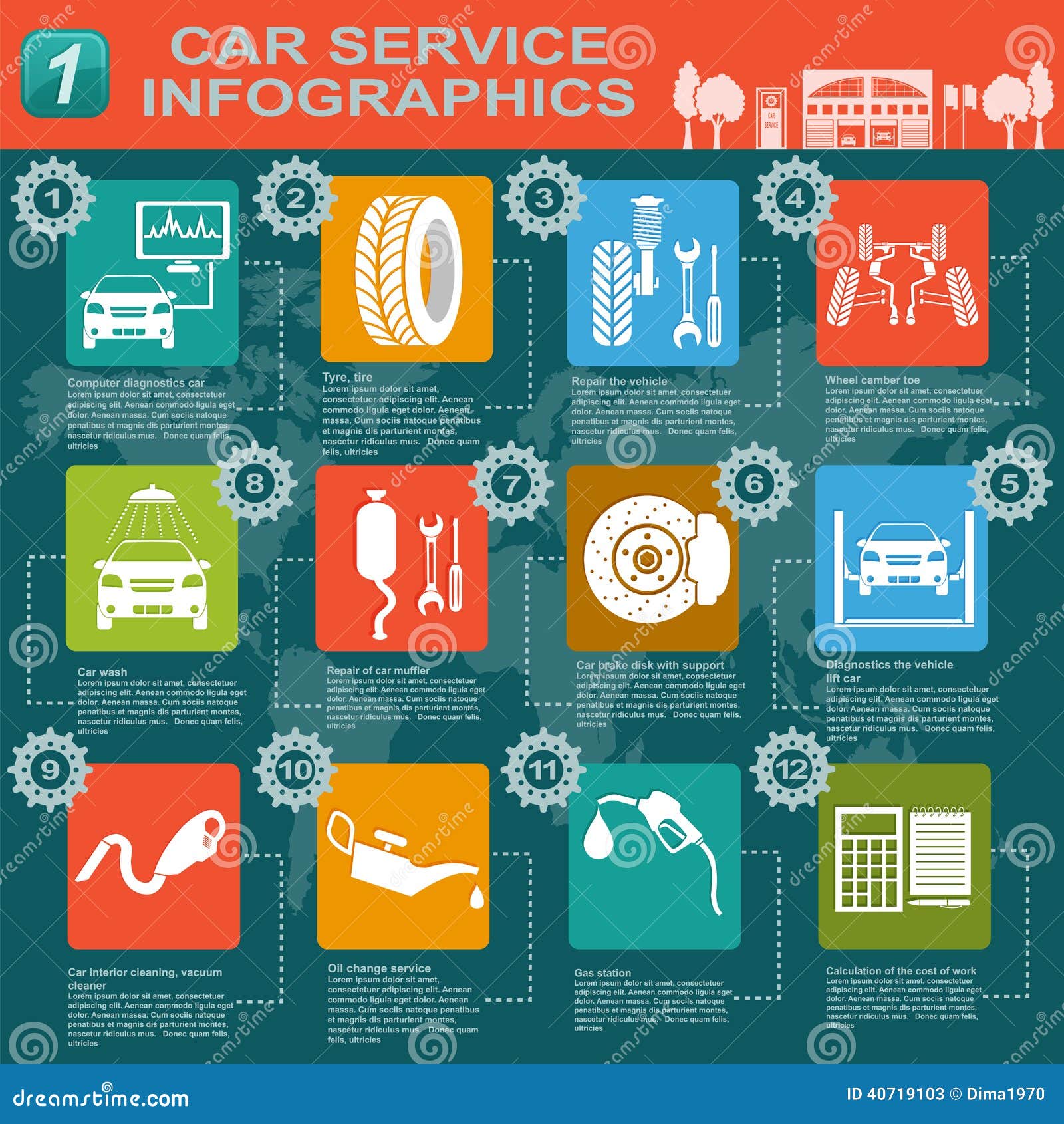Assessing Your Cars And Truck'S Caution Indicators: What They Really Share
Assessing Your Cars And Truck'S Caution Indicators: What They Really Share
Blog Article
Recommended Web page -Termansen Forbes
When you lag the wheel, those radiant caution lights on your dashboard can be a bit difficult. Do you know what they're trying to inform you about your car's health? Recognizing the relevance of these lights is important for your security and the longevity of your automobile. So, the next time one of those lights turns up, would not you wish to decipher its message properly and take the needed steps to address it?
Common Warning Lighting and Interpretations
Determine common warning lights in your car and recognize their significances to make certain secure driving.
The most regular caution lights include the check engine light, which signals concerns with the engine or exhausts system. If this light begins, it's critical to have your automobile examined without delay.
The oil stress advising light indicates reduced oil pressure, calling for prompt focus to stop engine damage.
A flashing battery light could recommend a damaged billing system, potentially leaving you stranded otherwise attended to.
The tire pressure monitoring system (TPMS) light alerts you to low tire stress, influencing vehicle security and fuel effectiveness. Neglecting this could result in dangerous driving problems.
The ABS light shows an issue with the anti-lock braking system, compromising your capability to stop swiftly in emergencies.
Lastly, the coolant temperature warning light warns of engine overheating, which can lead to serious damage if not solved quickly.
Understanding these common caution lights will aid you attend to concerns without delay and maintain safe driving problems.
Value of Prompt Attention
Recognizing the typical caution lights in your cars and truck is only the initial step; the relevance of without delay resolving these warnings can't be stressed sufficient to ensure your safety and security on the road.
When a warning light illuminates on your control panel, it's your automobile's method of communicating a potential issue that requires attention. Ignoring these warnings can result in more extreme troubles later on, jeopardizing your safety and security and potentially costing you a lot more out of commission.
Motivate interest to warning lights can stop failures and mishaps. For instance, a flashing check engine light could show a misfire that, if left neglected, might cause damage to the catalytic converter. Resolving this quickly can conserve you from a pricey repair service.
Similarly, a brake system warning light may signal reduced brake fluid or worn brake pads, important components for your safety and security when driving.
Do It Yourself Troubleshooting Tips
If you observe a warning light on your dashboard, there are a couple of DIY troubleshooting ideas you can try prior to seeking professional assistance.
The initial step is to consult your car's manual to recognize what the certain caution light shows. Sometimes the issue can be as straightforward as a loosened gas cap triggering the check engine light. Tightening the gas cap may settle the problem.
An additional usual concern is a low battery, which can activate different cautioning lights. Examining the battery links for rust and guaranteeing they're safe and secure might deal with the issue.
If a caution light continues, you can try resetting it by separating the auto's battery for a couple of mins and then reconnecting it. Additionally, examining your automobile's fluid levels, such as oil, coolant, and brake fluid, can assist repair alerting lights associated with these systems.
Conclusion
To conclude, understanding your car's caution lights is crucial for maintaining your vehicle running efficiently and safely. By quickly addressing these alerts and understanding what they imply, you can stay clear of costly repair work and possible breakdowns.
Keep in mind to consult your cars and truck's guidebook for particular information on each alerting light and do something about it appropriately to make sure a trouble-free driving experience.
Keep notified, remain visit the next website page -free on the road!
